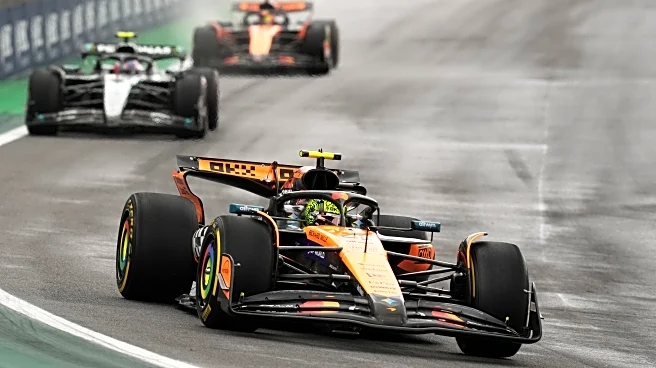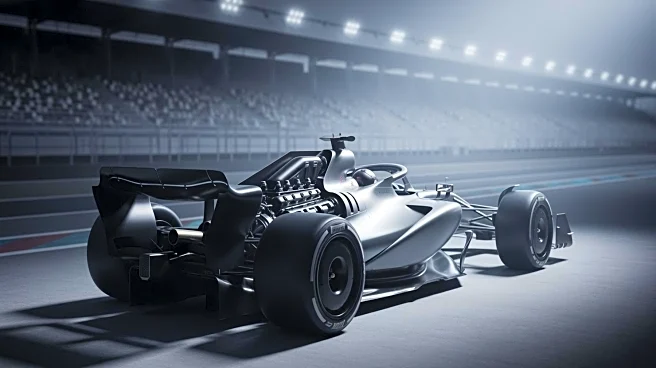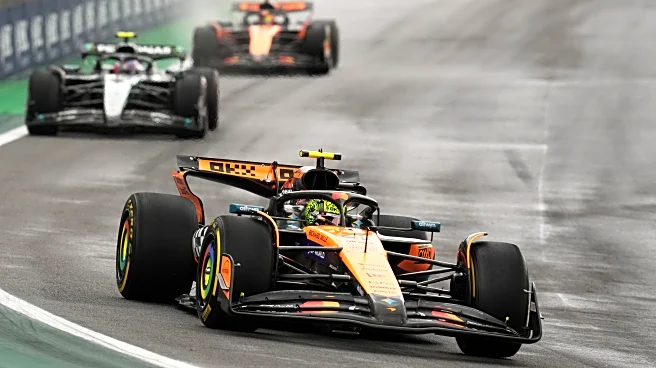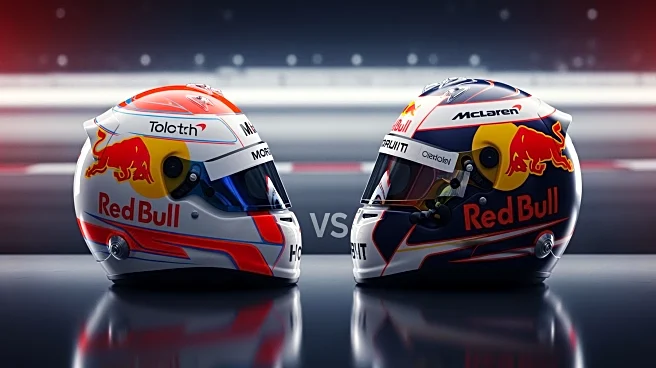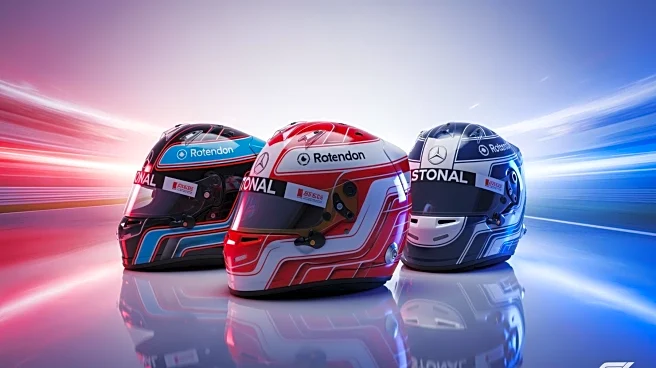What's Happening?
Max Verstappen, a prominent Formula 1 driver, is starting from the pit lane in the Brazilian Grand Prix due to strategic changes made to his car. After a disappointing qualifying session where he placed
16th, Verstappen and his Red Bull team decided to make further adjustments to the vehicle. These changes, aimed at improving performance, necessitated a penalty that moved him to the pit lane start. Verstappen expressed frustration over the car's lack of grip and the ineffectiveness of previous adjustments, prompting the team to opt for a new engine installation.
Why It's Important?
The decision to start from the pit lane highlights the critical role of strategy in Formula 1 racing. By prioritizing car performance over starting position, Verstappen's team aims to enhance his chances in the race despite the initial setback. This move underscores the competitive nature of the sport, where technical adjustments can significantly impact race outcomes. For Red Bull, ensuring their car's optimal performance is crucial in maintaining their standing in the championship and supporting Verstappen's pursuit of victory.
What's Next?
As the race unfolds, Verstappen's performance will be closely watched to assess the effectiveness of the car changes. The decision to start from the pit lane could influence future strategic choices by Red Bull and other teams facing similar challenges. Additionally, Verstappen's ability to navigate the race from a disadvantaged starting position may impact his standing in the championship and shape his approach in upcoming races.
Beyond the Headlines
This situation highlights the intricate balance between technology and strategy in Formula 1. The reliance on precise engineering and real-time decision-making reflects the sport's complexity and the constant pursuit of competitive advantage. Verstappen's experience may prompt discussions on the evolving nature of race strategies and the importance of adaptability in high-stakes environments.





